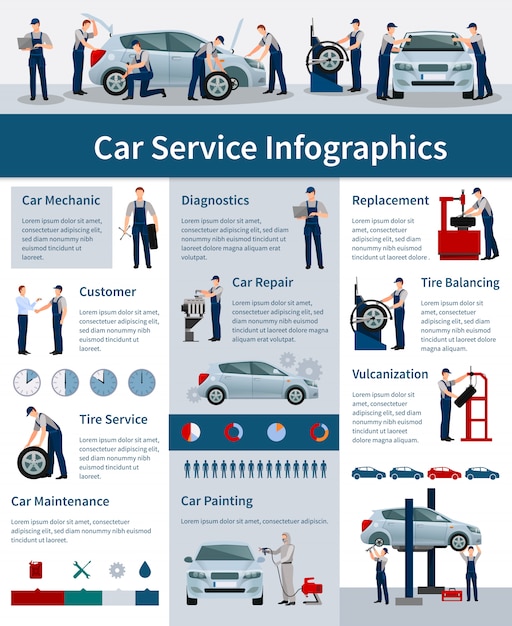Understanding The Definition Behind Your Car'S Caution Lighting: An Extensive Look
Understanding The Definition Behind Your Car'S Caution Lighting: An Extensive Look
Blog Article
Web Content Develop By-Lim Shepherd
When you lag the wheel, those glowing caution lights on your control panel can be a little bit perplexing. Do https://kameronoicxr.onzeblog.com/29952132/eco-friendly-auto-outlining-accepting-eco-friendly-products-and-practices understand what they're trying to inform you about your auto's wellness? Recognizing the importance of these lights is crucial for your safety and security and the long life of your lorry. So, the next time one of those lights pops up, wouldn't you wish to analyze its message precisely and take the needed steps to resolve it?
Common Warning Lights and Interpretations
Determine common warning lights in your car and recognize their definitions to make sure safe driving.
The most typical caution lights include the check engine light, which indicates problems with the engine or emissions system. If Read the Full Piece of writing comes on, it's critical to have your car checked immediately.
The oil stress alerting light suggests reduced oil stress, needing instant attention to stop engine damages.
A blinking battery light might suggest a malfunctioning billing system, potentially leaving you stranded if not addressed.
The tire pressure surveillance system (TPMS) light alerts you to low tire stress, affecting lorry security and gas performance. Disregarding this can result in dangerous driving conditions.
The ABS light indicates a problem with the anti-lock stopping system, compromising your capability to quit quickly in emergencies.
Last but not least, the coolant temperature alerting light warns of engine getting too hot, which can lead to extreme damage if not solved quickly.
Recognizing these usual caution lights will certainly aid you deal with concerns quickly and keep risk-free driving conditions.
Value of Prompt Attention
Recognizing the usual caution lights in your car is only the very first step; the relevance of quickly resolving these cautions can not be stressed sufficient to guarantee your safety when traveling.
When a warning light illuminates on your dashboard, it's your vehicle's means of interacting a possible problem that needs interest. Neglecting these cautions can cause much more serious issues down the road, endangering your security and possibly costing you a lot more out of commission.
Motivate interest to warning lights can avoid break downs and accidents. For instance, a flashing check engine light might suggest a misfire that, if left unattended, can cause damage to the catalytic converter. Resolving this immediately can conserve you from a pricey repair work.
In a similar way, a brake system cautioning light may signal reduced brake liquid or worn brake pads, important parts for your safety and security when driving.
DIY Troubleshooting Tips
If you see a warning light on your control panel, there are a couple of do it yourself fixing ideas you can attempt prior to seeking specialist aid.
The initial step is to consult your automobile's handbook to comprehend what the certain caution light indicates. Often the problem can be as easy as a loosened gas cap causing the check engine light. Tightening up the gas cap may resolve the issue.
Another usual problem is a low battery, which can set off different advising lights. Examining the battery connections for rust and ensuring they're secure may repair the problem.
If a warning light lingers, you can attempt resetting it by separating the car's battery for a few minutes and then reconnecting it. Additionally, inspecting your vehicle's liquid degrees, such as oil, coolant, and brake liquid, can assist troubleshoot advising lights associated with these systems.
Conclusion
In conclusion, recognizing your automobile's caution lights is necessary for keeping your automobile running efficiently and safely. By immediately dealing with these alerts and recognizing what they indicate, you can prevent costly fixings and potential break downs.
Keep in mind to consult your automobile's guidebook for specific details on each cautioning light and do something about it appropriately to ensure a trouble-free driving experience.
Keep informed, stay risk-free on the road!
